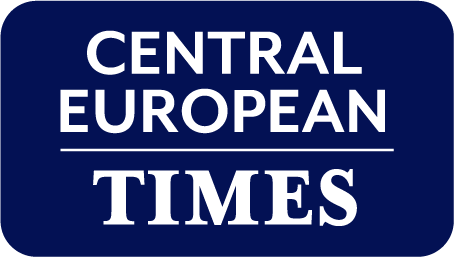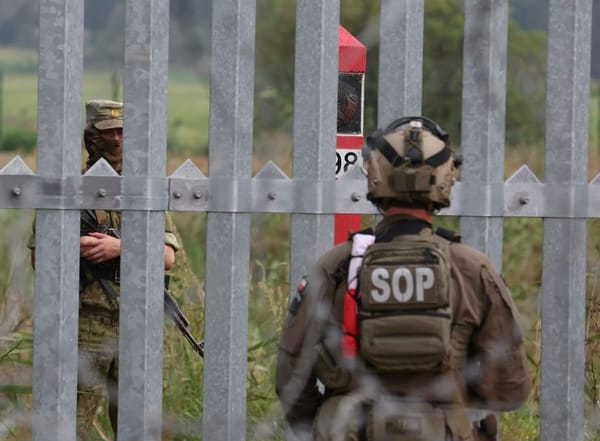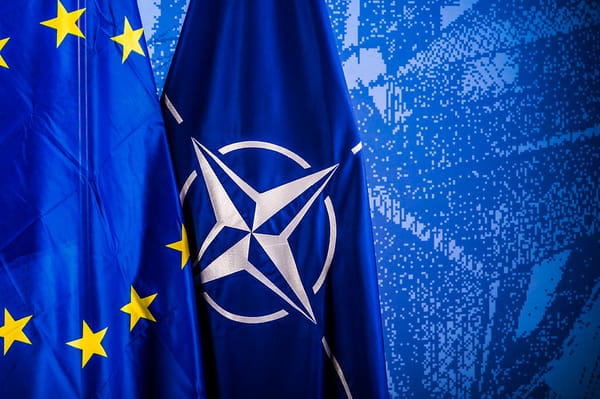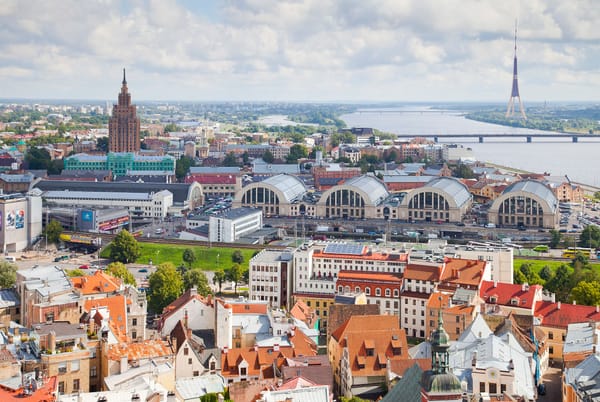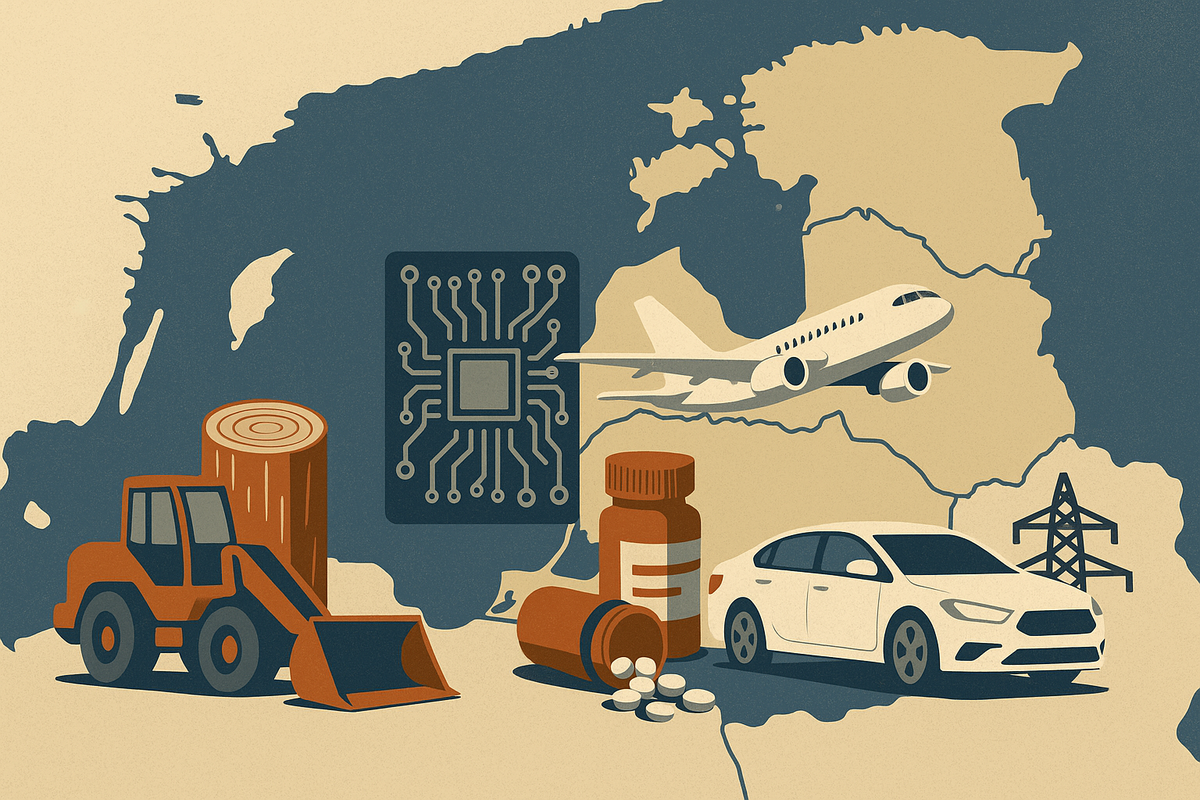
Baltic exports face testing times under US tariff cap
Estonian, Latvian and Lithuanian ministries warned on 30 July that the US-EU trade deal imposing a 15% tariff on most exports will squeeze profits for niche sectors but said the region’s overall exposure to the US is limited.
Estonia most exposed of Baltic nations
The Baltic economies export machinery, electronic components, timber and IT services. Eurostat data released on 20 June 2025 show that EU exports to the US are dominated by pharmaceuticals at 22.5%, road vehicles at 9.6%, machinery at 6.4% and electrical equipment at 6%. Those categories overlap with Baltic industries.
Business groups in Tallinn, Riga and Vilnius said the tariff would erode margins for small manufacturers, though most Baltic exports are sold within the EU. Industry figures note that the US accounts for less than 8% of Estonia’s exports and under 5% of Latvia’s and Lithuania’s.
The Estonian Economy Ministry said it is closely monitoring the implementation of the tariff regime and will work with affected firms. A spokesperson added that companies would be encouraged to seek public support if cash flow is constrained.
Latvian Economy Minister Viktors Valainis told state broadcaster LTV that Riga is exploring opportunities to redirect exports to Scandinavia and Canada. He said the ministry will offer training programmes to help exporters adapt to new markets.
The Lithuanian Agency for Science, Innovation and Technology urged companies to focus on higher‑value products and services to absorb the tariff shock. The agency said it would consult with the government on whether targeted tax breaks could support innovative sectors.
New baseline estimated at 15.2%
Brussels‑based think tank Bruegel estimates that the average US tariff on EU goods will rise to 15.2%. Although that average masks significant differences - cars and steel face higher rates, while aircraft parts and generics remain zero‑rated - it underscores the new baseline confronting Baltic exporters.
Laura Tamm of the Bank of Estonia said the 15% tariff would have a limited macroeconomic effect but could hamper profits in electronics and timber. She urged businesses to invest in productivity gains and explore alternative markets such as Canada and the UK.
The Lithuanian Confederation of Industrialists echoed that view, noting that the region’s comparative advantage lies in knowledge‑based services.
Deal includes massive energy, investment pledges
The trade compromise comes as the EU pledged to invest USD 600bn in the US and buy USD 750bn of US energy. Estonia and Latvia are expanding liquefied natural gas (LNG) terminals and see an opportunity to become transit hubs for US LNG. However, energy analysts at the Lithuanian Energy Institute warned that increased imports could crowd out investment in local renewables.
The Lithuanian Innovation Centre argued that the tariff regime could accelerate innovation, and firms should design, not just assemble, components. Lithuania’s growing FinTech sector sees potential in the US because digital services remain outside the scope of the goods tariff, it added.
Officials said the 15% ceiling is painful yet preferable to the 30% duty threatened in May. The three Baltic prime ministers jointly stated on 31 July that the agreement “buys time” to adapt supply chains. They called on the EU to ensure that future trade negotiations safeguard small economies.
The region’s focus now is on diversifying exports, upgrading technology and aligning energy and transport projects with the new transatlantic framework. The Baltic governments plan to jointly lobby the European Commission to expedite support measures for affected sectors.
